Artist Spotlight: MJ Anderson
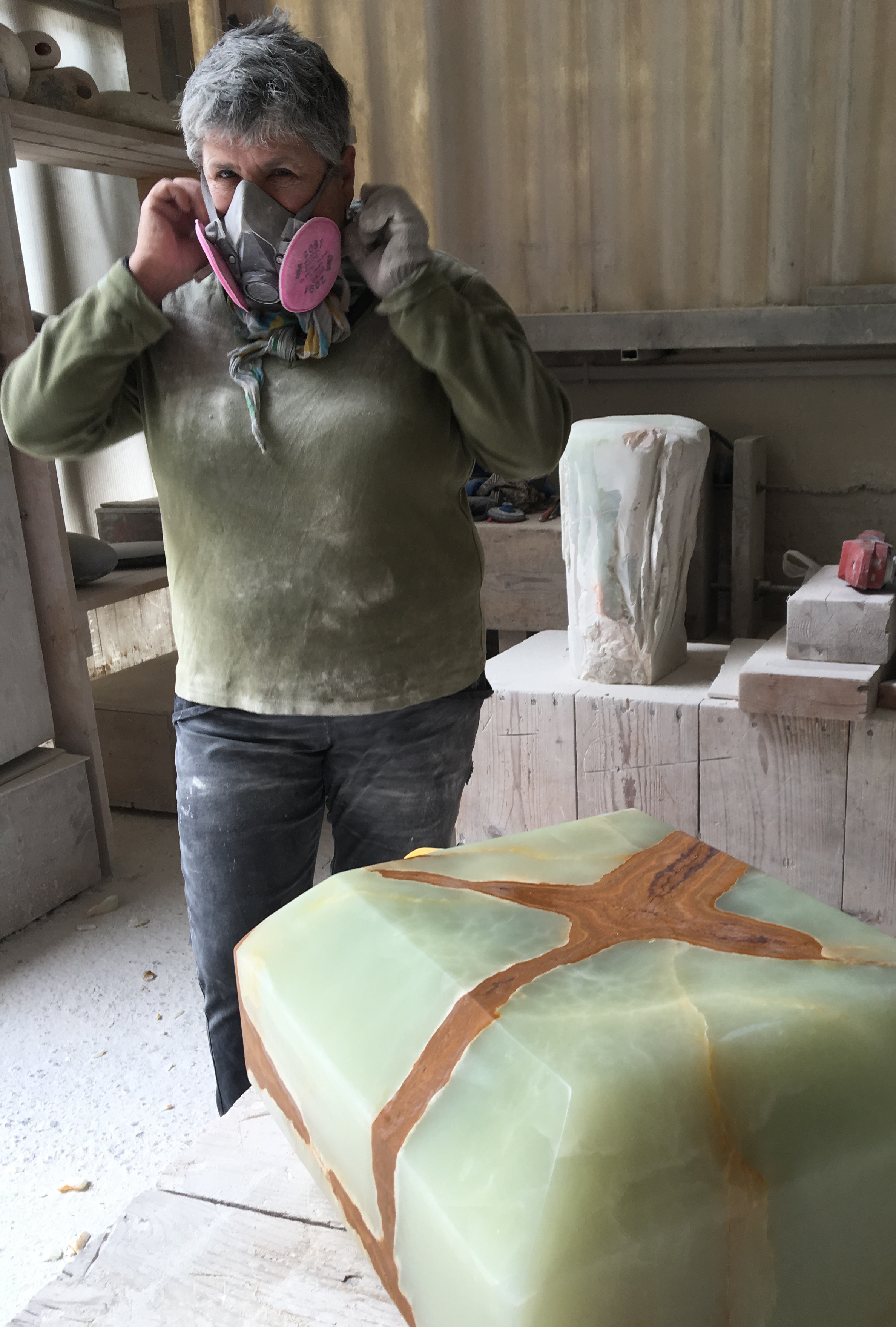 I have been asked to write about my life working between two studios. My annual migration to carve in Italy has been based on pretense. With no inheritance to fund my forays, I just pretend I am going. When friends and acquaintances ask when I am next going to Italy, I often reply, “I just got back-- and you want me to leave again?” But when my visa card is paid off from the previous trip, I make up some answer like “perhaps in September” and if I repeat the words often enough, the universe conspires, I sell enough sculpture, and I make reservations.
I have been asked to write about my life working between two studios. My annual migration to carve in Italy has been based on pretense. With no inheritance to fund my forays, I just pretend I am going. When friends and acquaintances ask when I am next going to Italy, I often reply, “I just got back-- and you want me to leave again?” But when my visa card is paid off from the previous trip, I make up some answer like “perhaps in September” and if I repeat the words often enough, the universe conspires, I sell enough sculpture, and I make reservations.For forty years, I have returned to Carrara to be reabsorbed into the layering patina of time. Walking the streets and vicoli (alleyways) where marble carvers have lived for centuries, looking upward to the light changing atmosphere throughout a day on the rugged mined-out mountains of marble, I feel a part of this place. I am not a visitor or tourist,

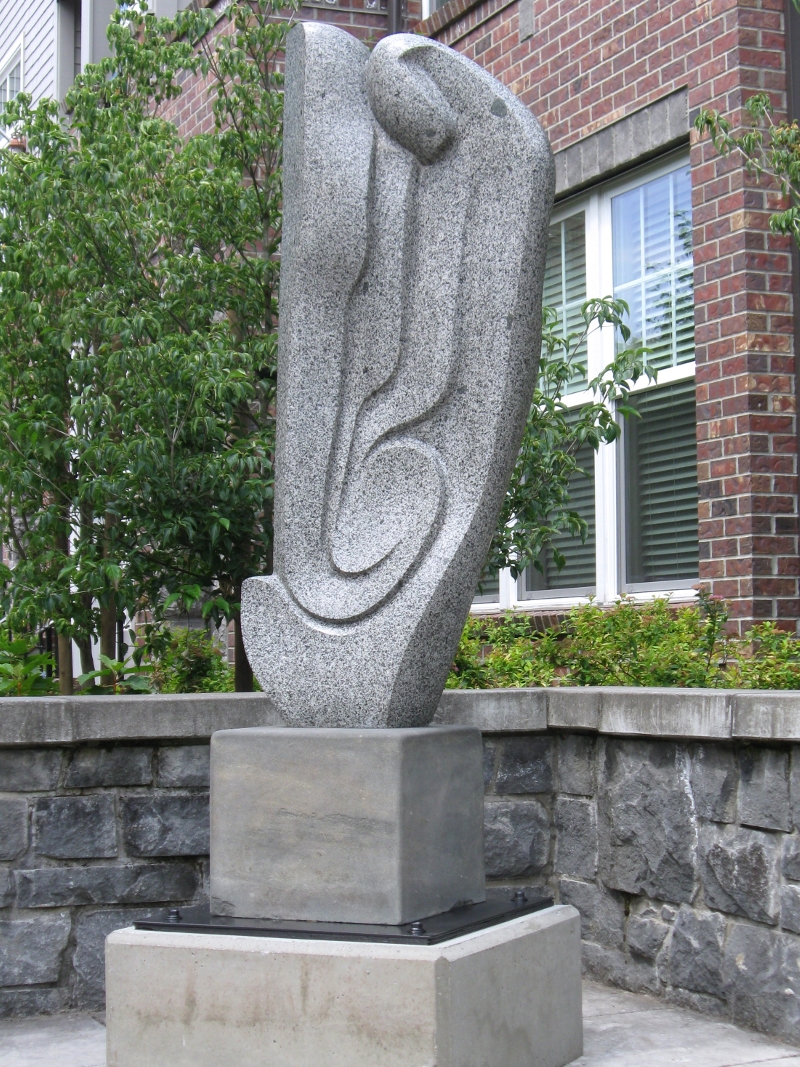
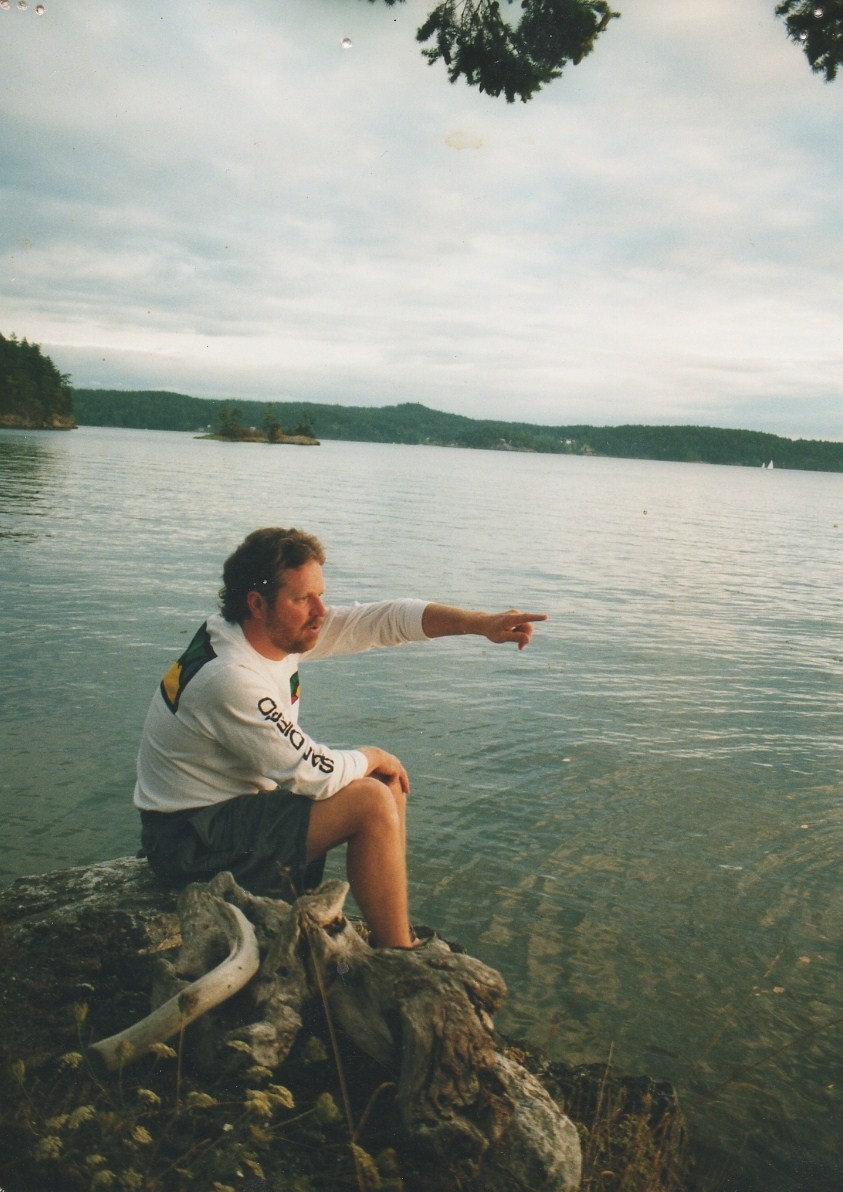 "Yesterday Begins Tomorrow"
"Yesterday Begins Tomorrow" 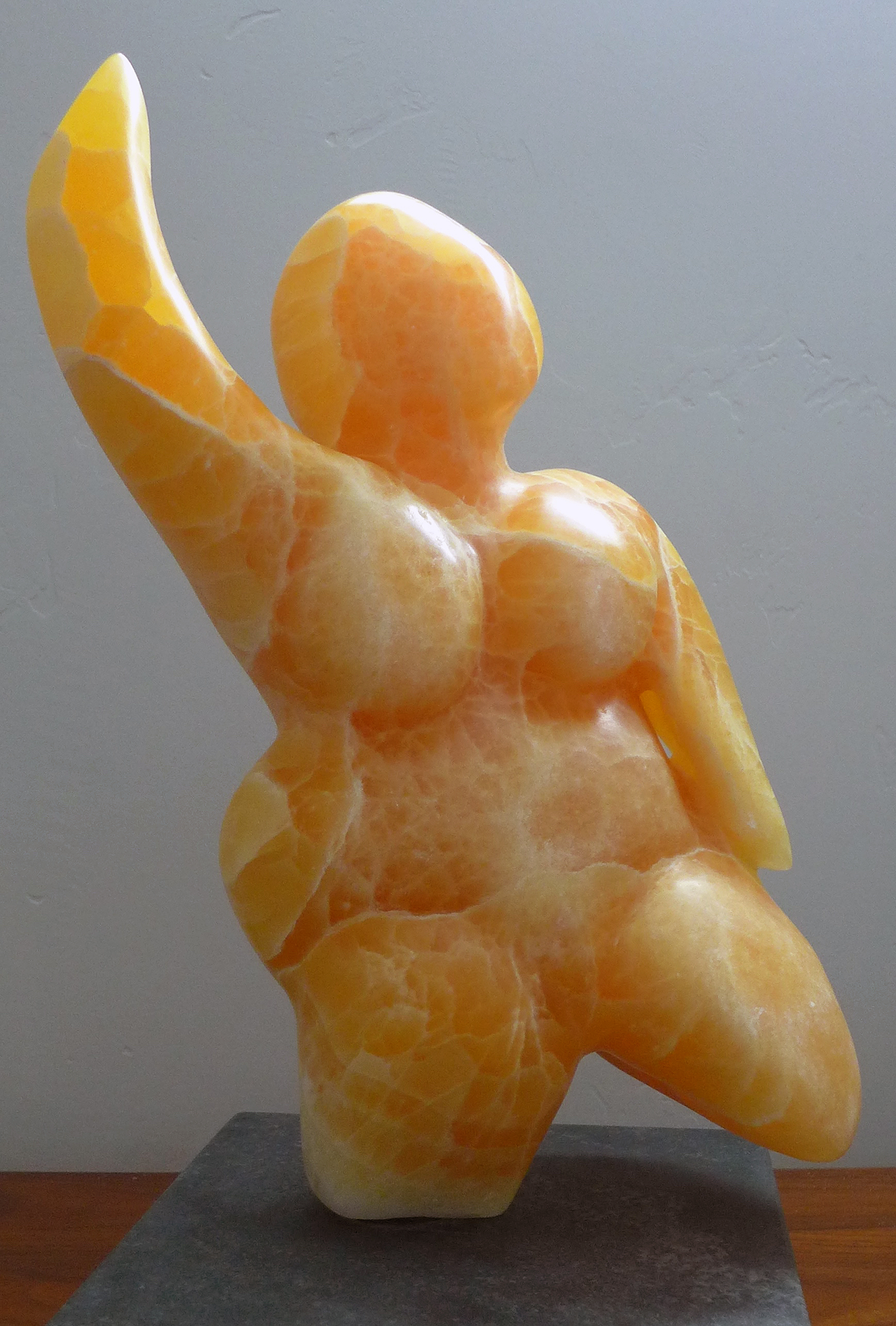
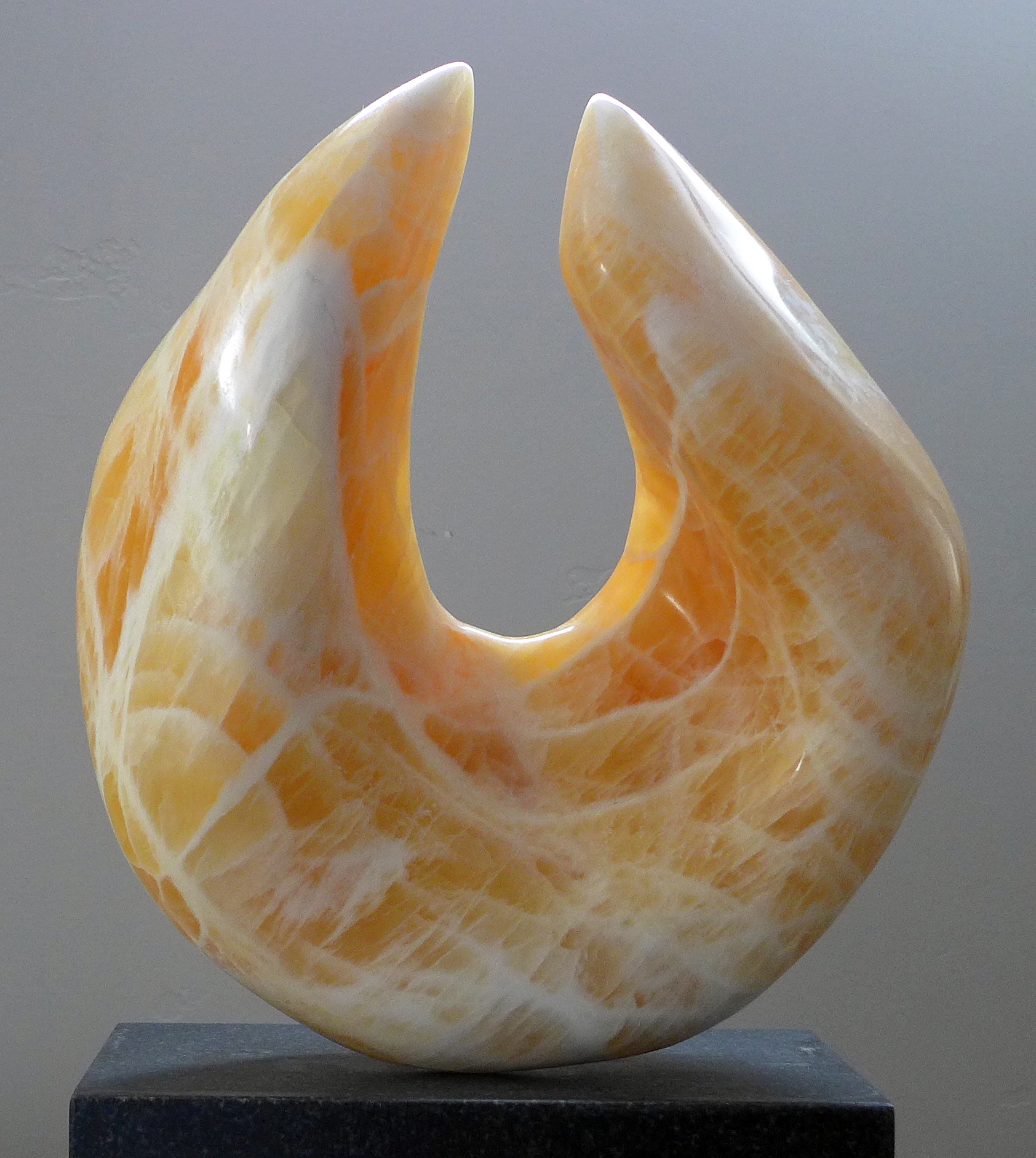
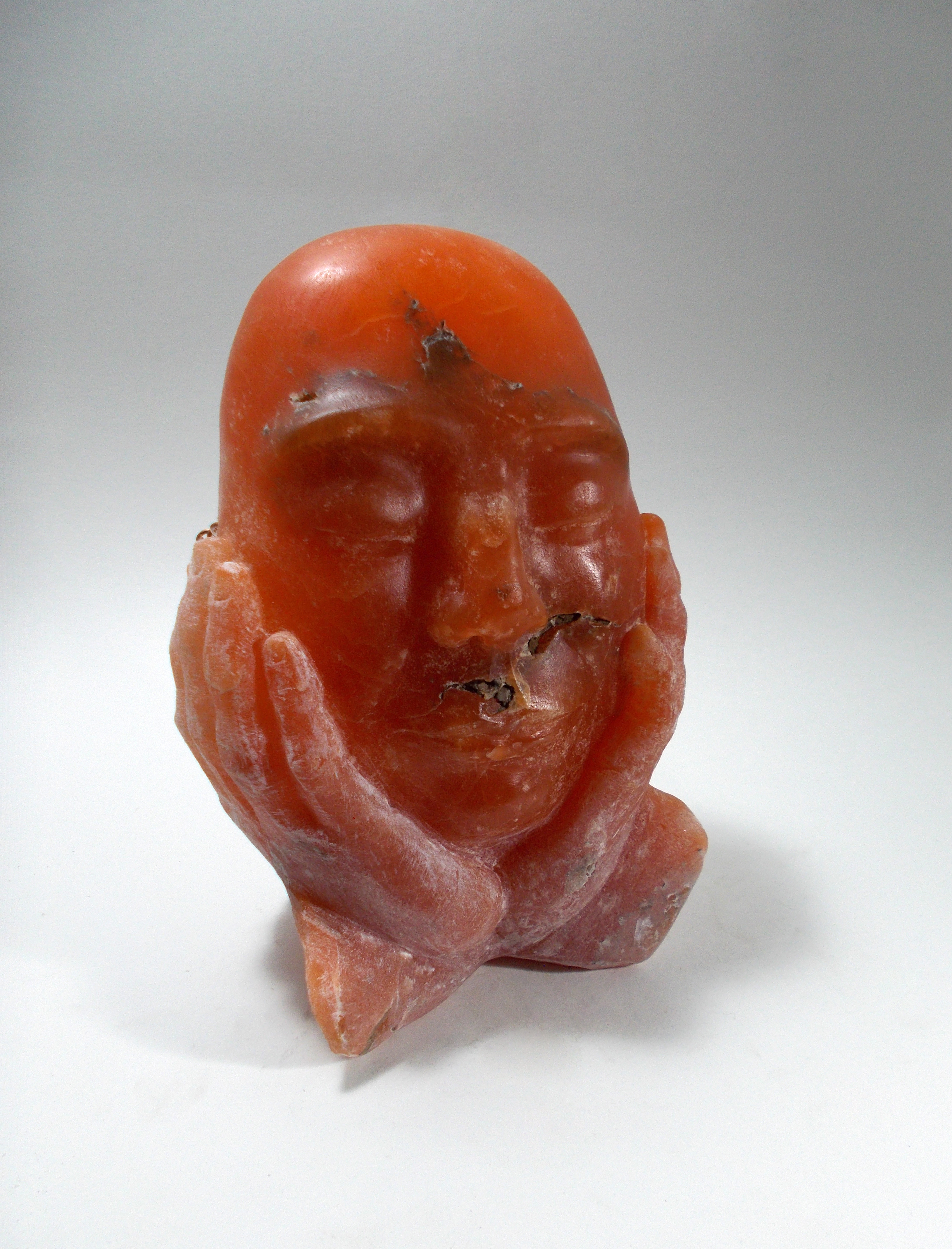 Sadly, it wasn't until age forty-nine that I discovered sculpting at a community college in Salem, Oregon. The beginner’s dilemma was to then find stone and tools. When an artist at a local show said he collected his stone and made his tools, I married him! We just celebrated our twenty-fourth anniversary.
Sadly, it wasn't until age forty-nine that I discovered sculpting at a community college in Salem, Oregon. The beginner’s dilemma was to then find stone and tools. When an artist at a local show said he collected his stone and made his tools, I married him! We just celebrated our twenty-fourth anniversary.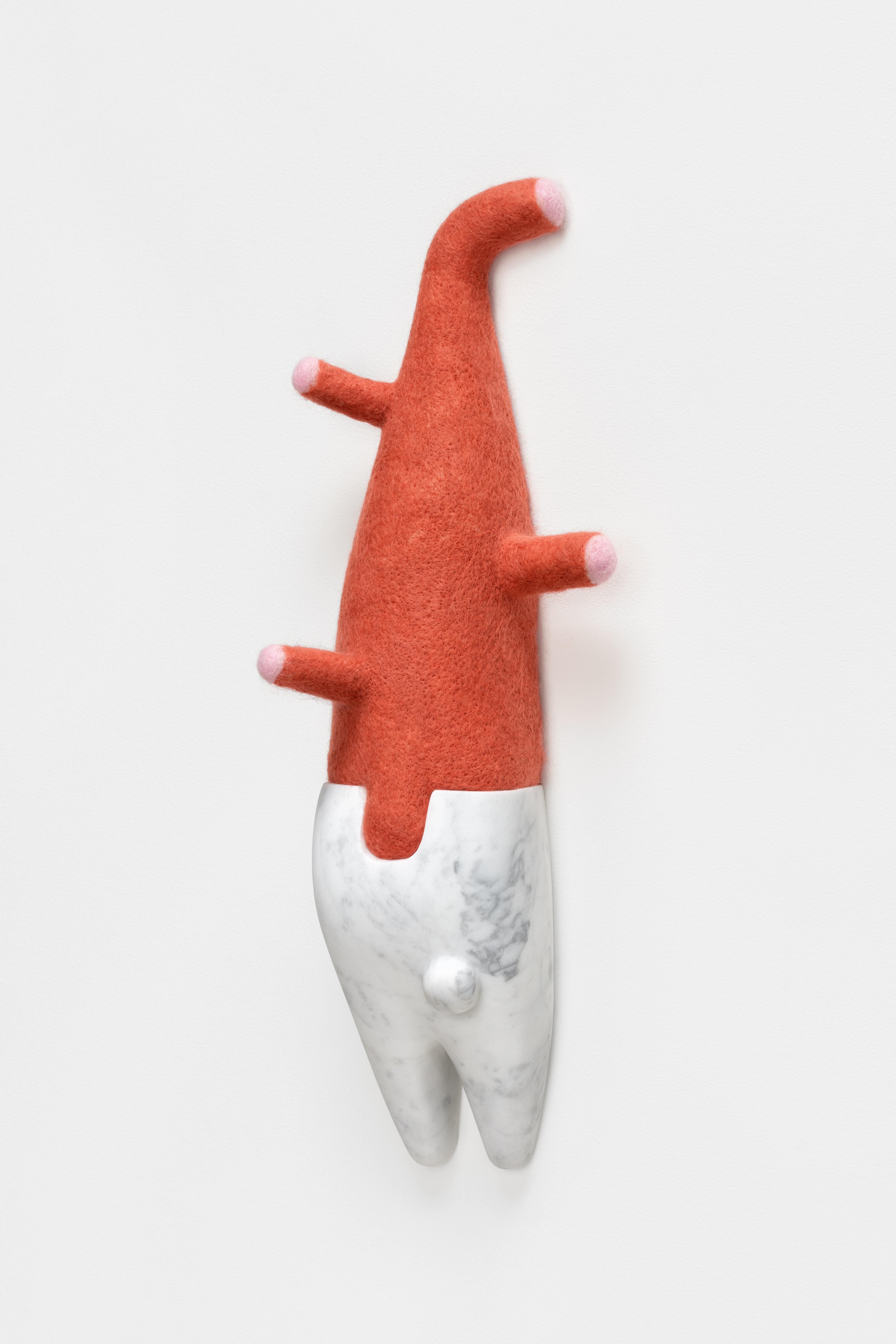 I am a first generation college student with not one but two degrees in sculpture. I feel this is important to mention because being a first generation college student allowed me the freedom to get a “useless” degree in art or whatever I wanted without any parental pressure. College simply wasn’t prioritized in my family; it was a place people went to lose their religion and thus not a destination my family wished me to set sights on. The only reason I actually ended up in college was due to encouragement and assistance from a puzzled high school counselor who couldn’t figure out why someone with a 4.0, enrolled in college prep courses, wouldn’t be planning on attending college.
I am a first generation college student with not one but two degrees in sculpture. I feel this is important to mention because being a first generation college student allowed me the freedom to get a “useless” degree in art or whatever I wanted without any parental pressure. College simply wasn’t prioritized in my family; it was a place people went to lose their religion and thus not a destination my family wished me to set sights on. The only reason I actually ended up in college was due to encouragement and assistance from a puzzled high school counselor who couldn’t figure out why someone with a 4.0, enrolled in college prep courses, wouldn’t be planning on attending college.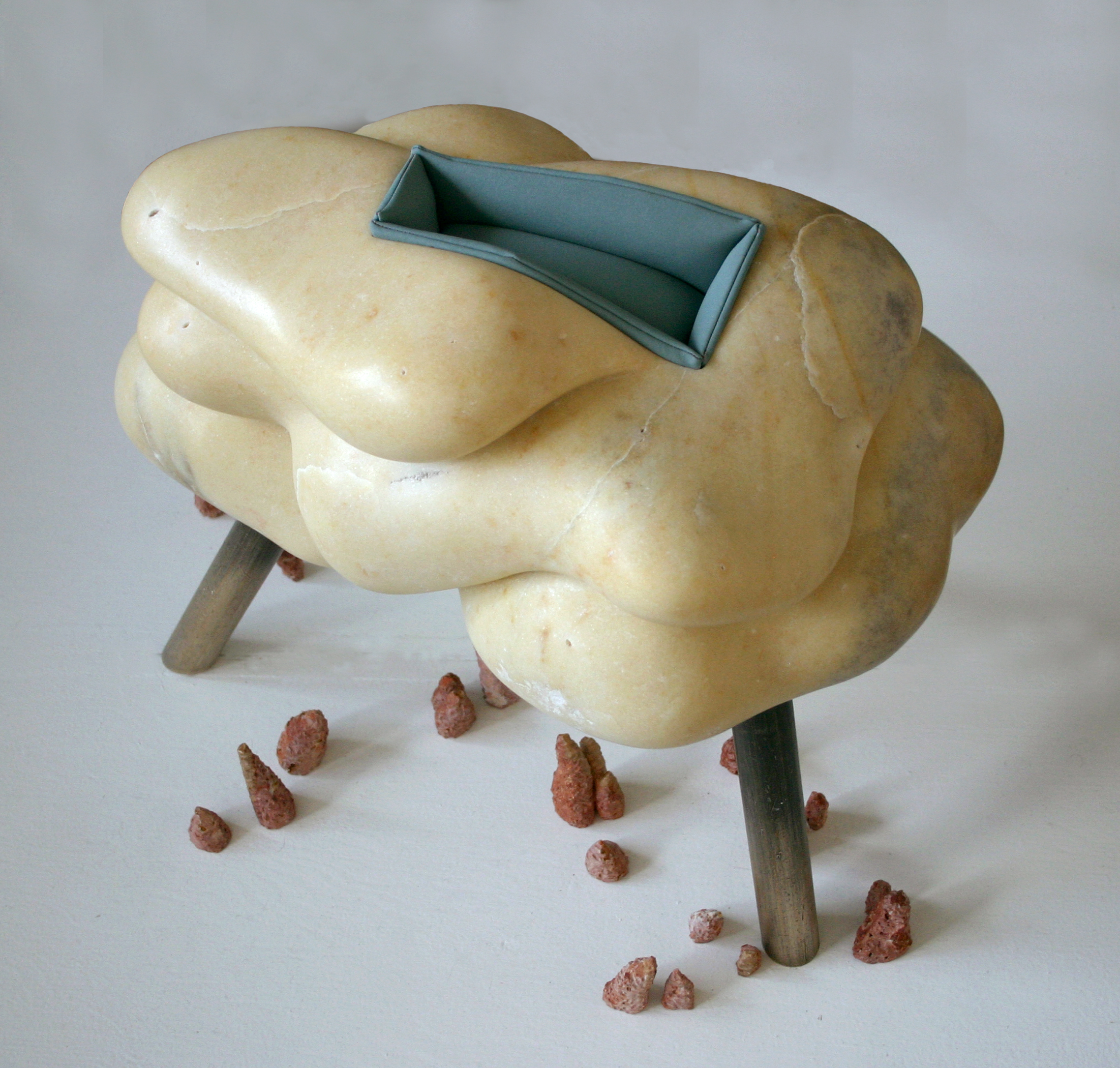 In college, I was required to take a sculpture course. I put it off until the last possible moment, completely clueless that it held my destiny. That first day of class, when my hands touched clay,
In college, I was required to take a sculpture course. I put it off until the last possible moment, completely clueless that it held my destiny. That first day of class, when my hands touched clay,
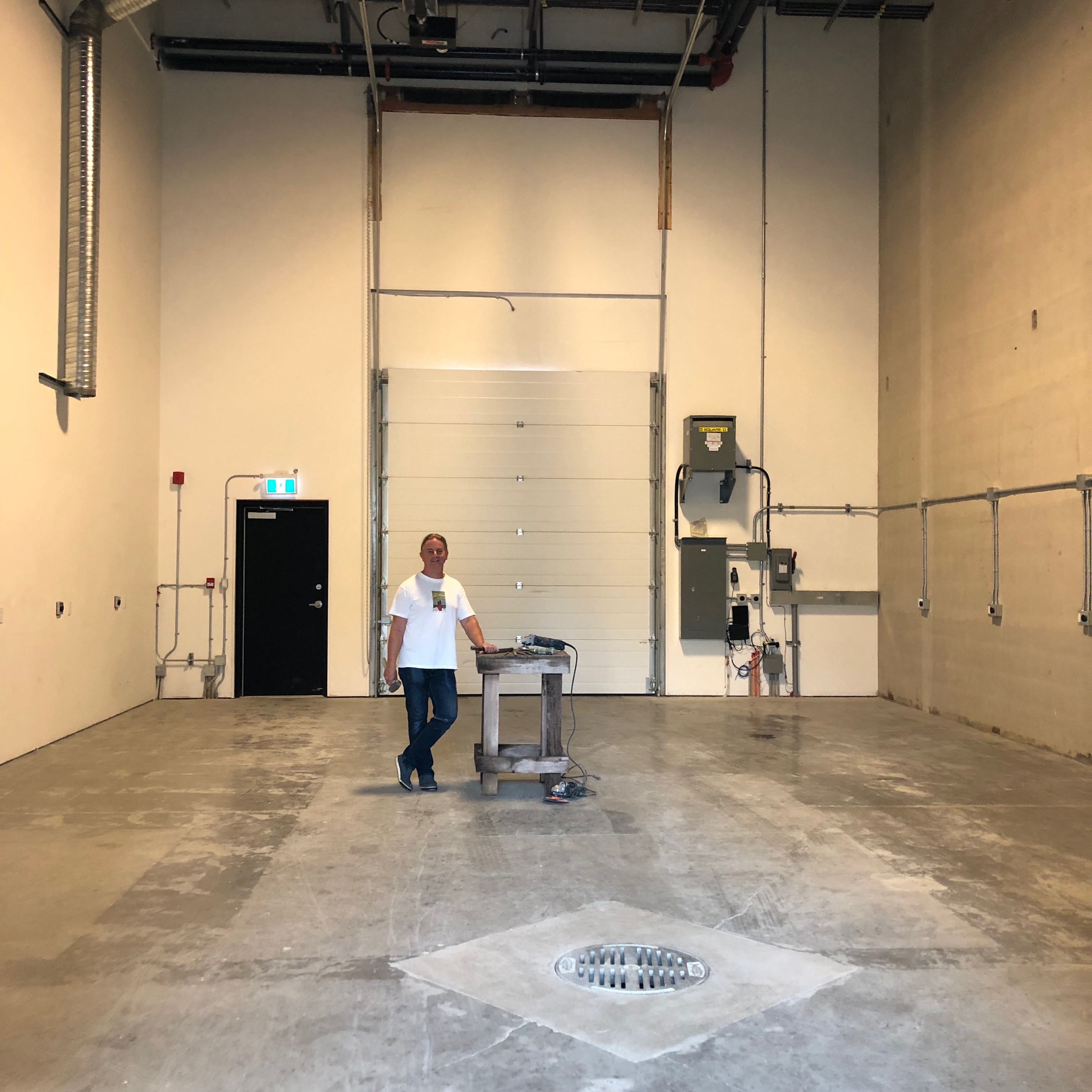
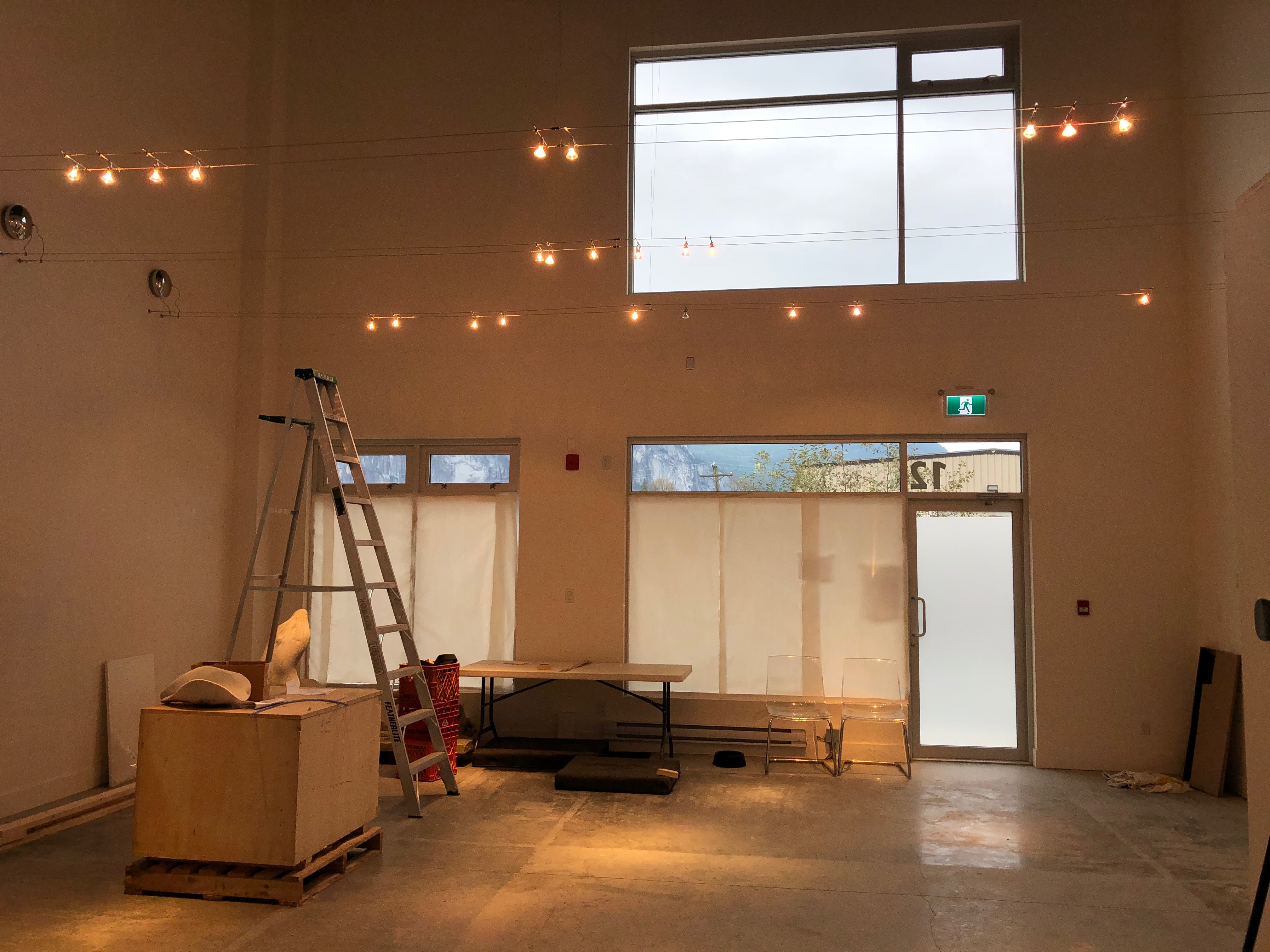 After our home and studio/gallery/sculpture garden of thirty-two years sold, I could no longer afford new digs for my studio in the Metro Vancouver, Canada area. Looking farther afield, I settled on a new-build industrial unit in the town of Squamish, about a forty-five minute drive north of Vancouver where our house is. I was to take possession in the fall of 2017, but due to construction delays, I got the keys at the end of February 2018. As Michelle and I had planned the year abroad to travel and work in Europe beginning in June, I decided not to move my equipment into the brand new unit. Instead, we found a non-art-related tenant to rent the space from us in our absence.
After our home and studio/gallery/sculpture garden of thirty-two years sold, I could no longer afford new digs for my studio in the Metro Vancouver, Canada area. Looking farther afield, I settled on a new-build industrial unit in the town of Squamish, about a forty-five minute drive north of Vancouver where our house is. I was to take possession in the fall of 2017, but due to construction delays, I got the keys at the end of February 2018. As Michelle and I had planned the year abroad to travel and work in Europe beginning in June, I decided not to move my equipment into the brand new unit. Instead, we found a non-art-related tenant to rent the space from us in our absence. 